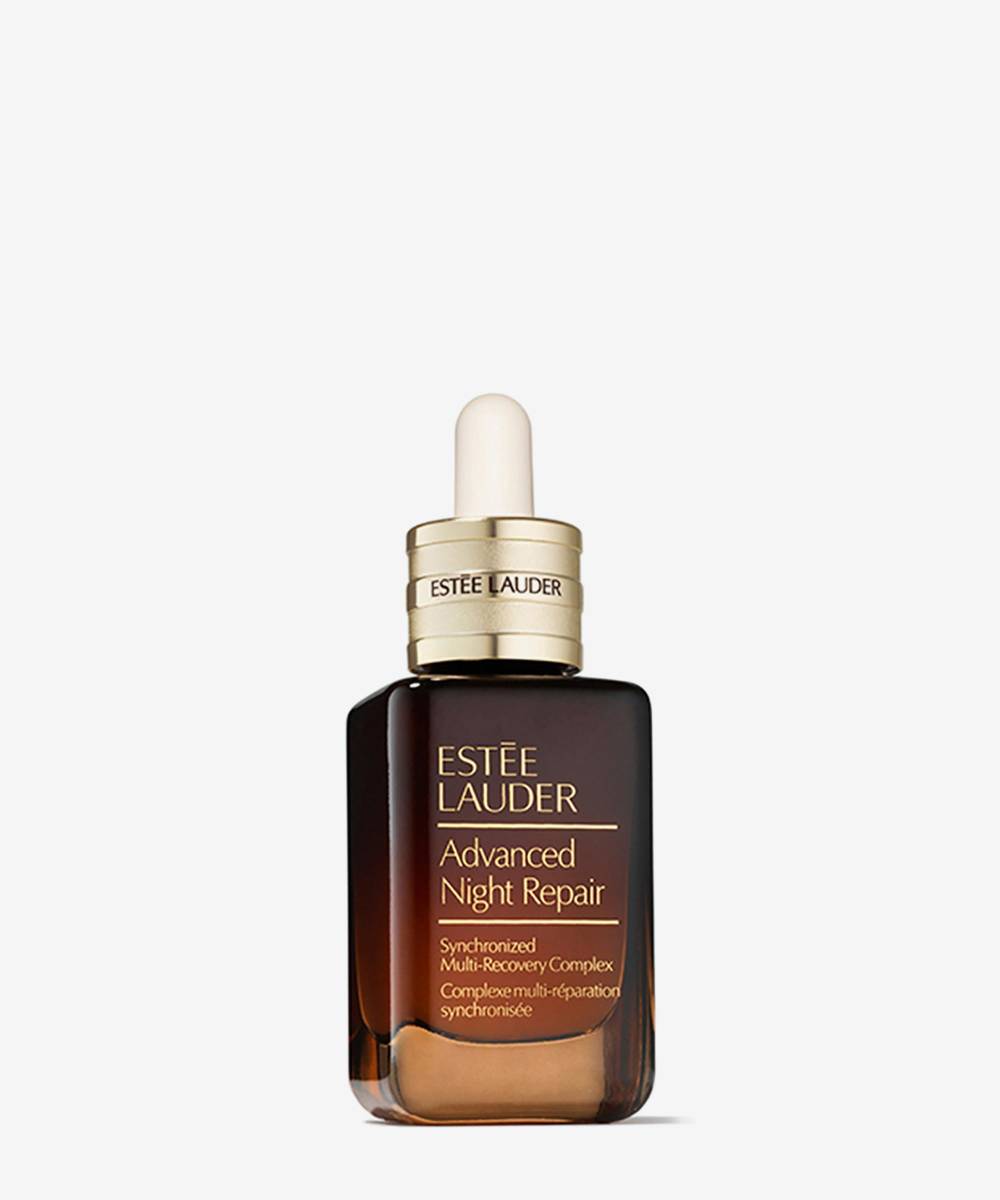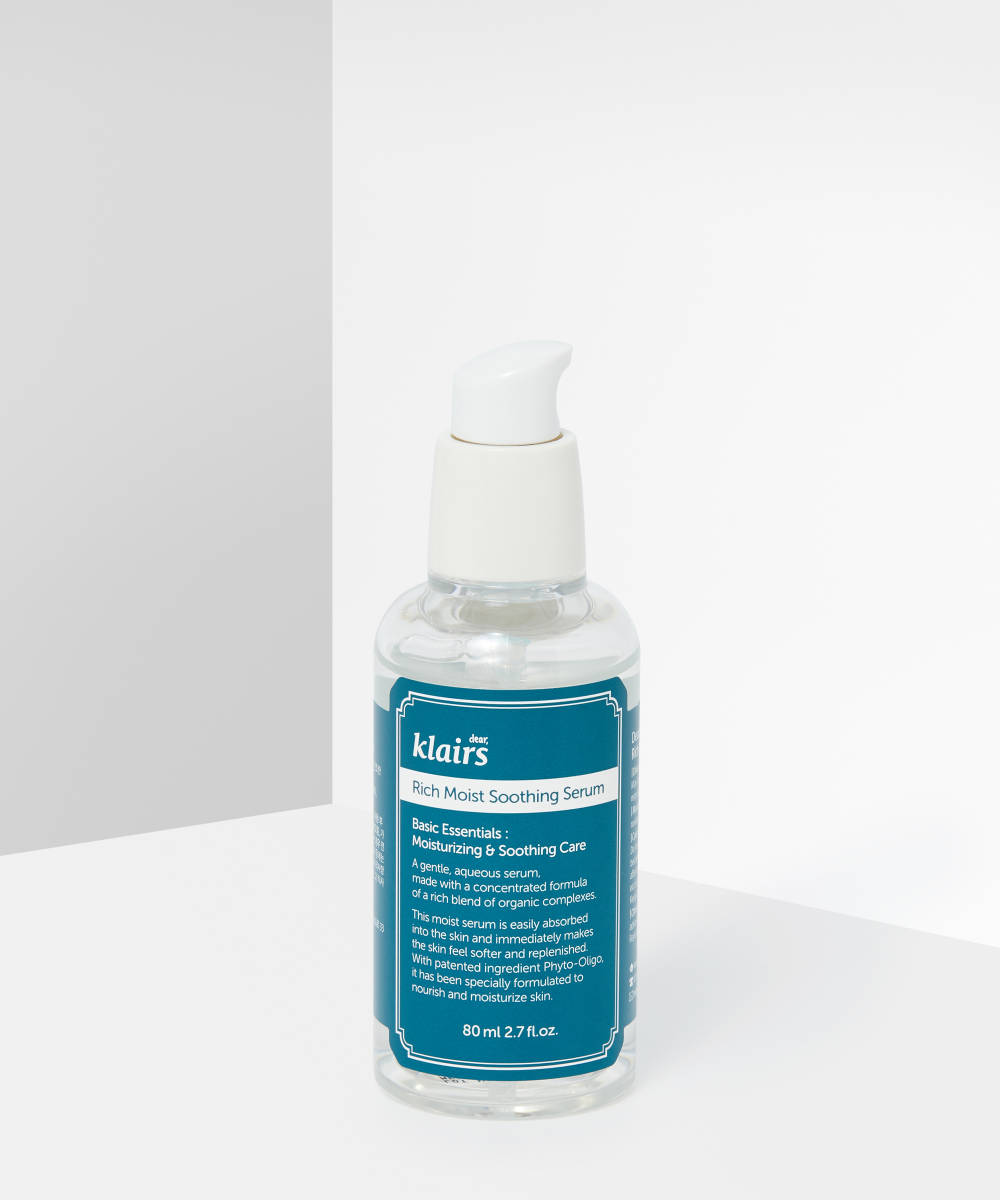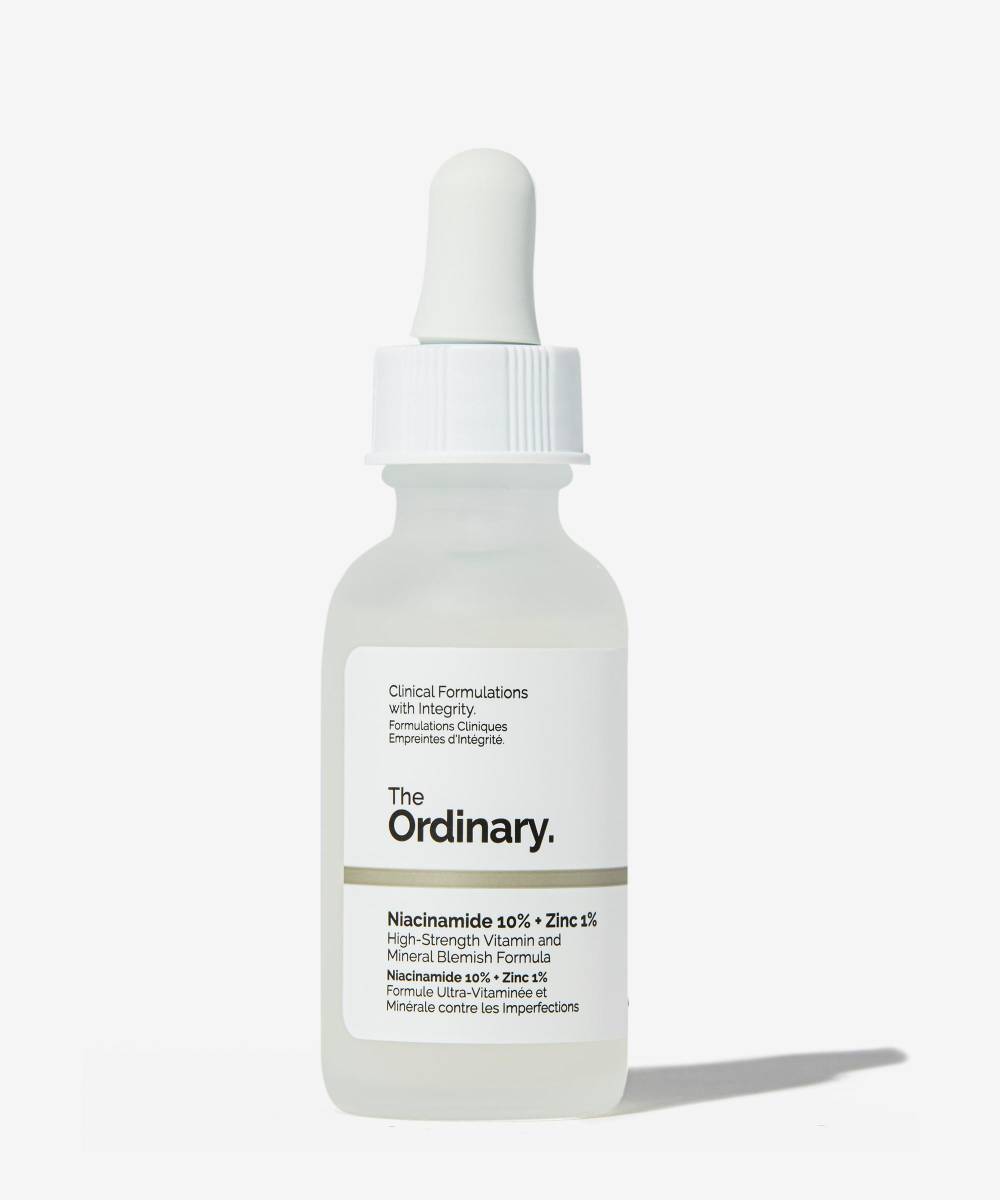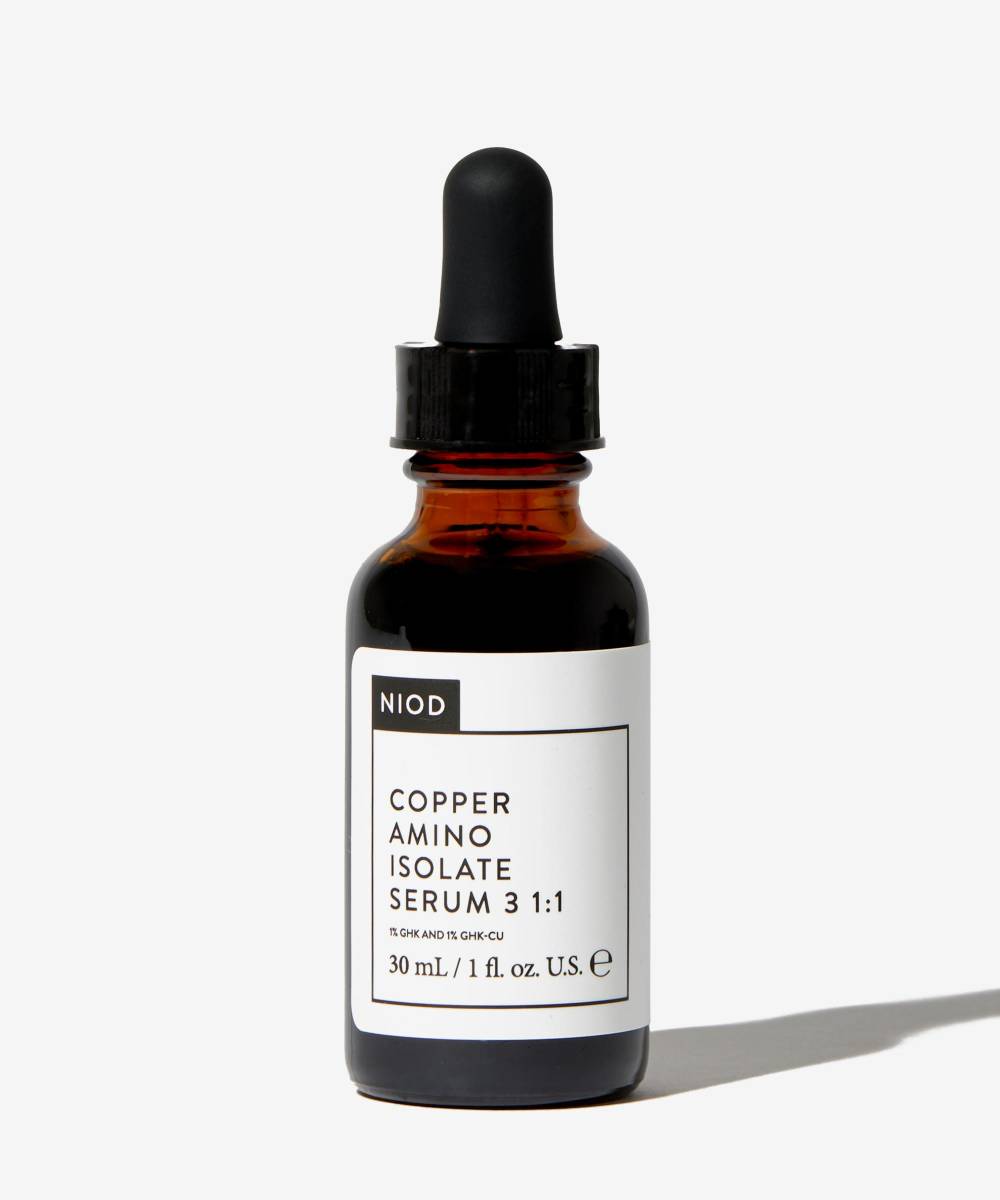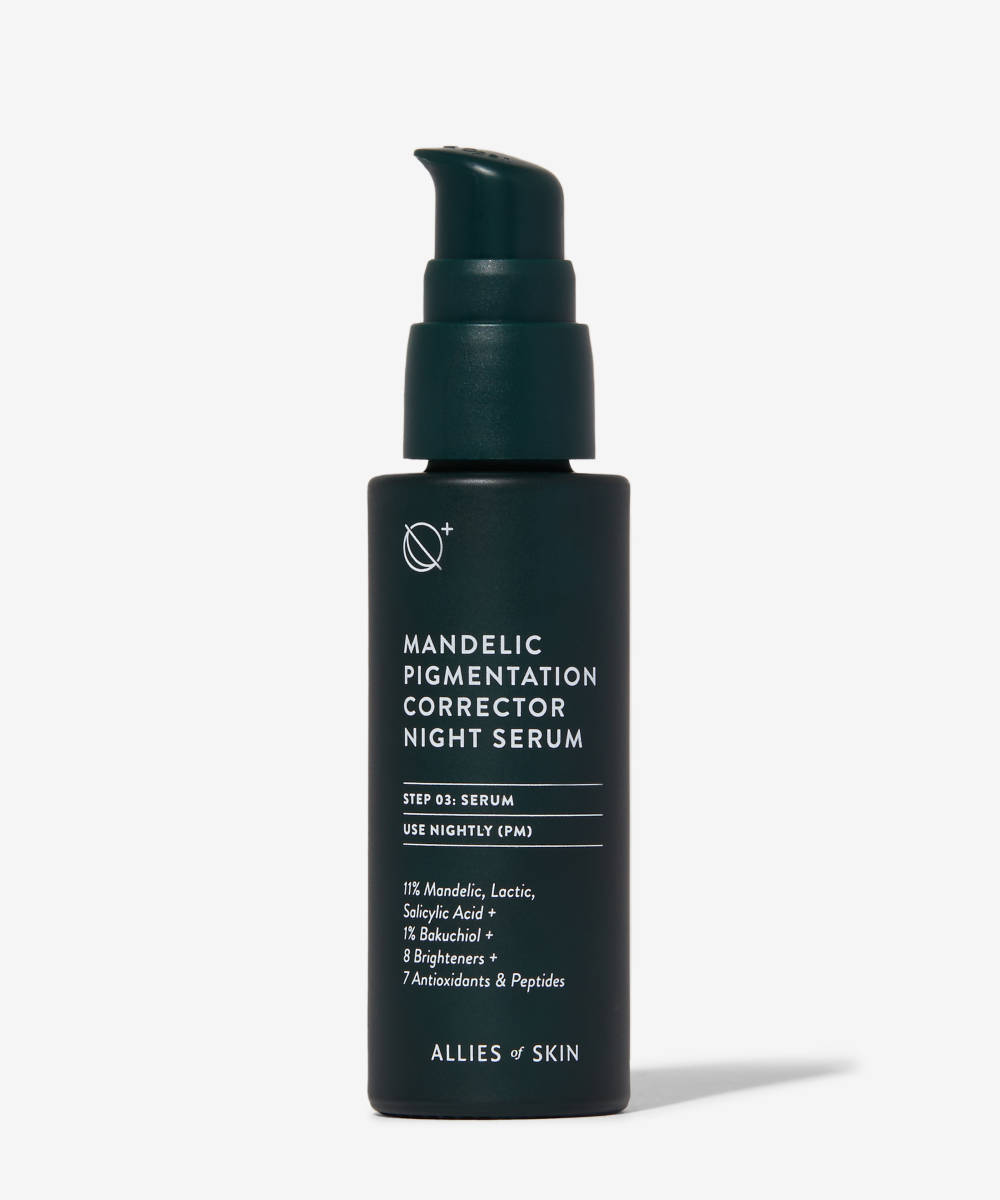Hi Grace,
I’ve only just got into skincare so I have a pretty basic routine at the moment (just cleanser, moisturiser, and SPF). I’d like to expand my routine to include some anti-aging products and I keep reading about serums, but I have no idea what they do, how to use them, or which one I should use. Please help!
Elle
First of all, it’s great to see that you’ve already got the essentials sorted. Cleansing, moisturising, and UV protection are quite literally the cornerstones of good skincare. You’re also not alone in wondering what a serum is – it’s one of the most frequently asked questions in my Instagram DMs! I always advise skincare newbies to start with a simple 3-step routine and build it up based on your skin’s needs – and also your time – not everyone wants to start their day with a 10-step skincare routine! Below I’ve (hopefully) answered your questions about what serums are, how to use them, and how to choose them, and I’ve shared a few of my personal favourites.
What are serums?
Serums are skincare products designed to deliver potent blends of active ingredients to your skin. Serums allow you to personalise and adapt your skincare routine to suit you, since they’re usually formulated to address a specific skin type or concern – such as anti-aging, breakouts, dry skin, or pigmentation. They are usually thin and watery or gel-like in texture – you don’t need to apply more than a few drops, and they will absorb fairly quickly into your skin because they’re made up of small molecules in order to penetrate the skin deeply.
What do serums do?
Serums can help with a vast variety of skin concerns. Depending on the one you pick and the ingredients within the formula, you can address concerns ranging from lines and wrinkles, post-acne pigmentation, and skin redness through to enlarged pores, rough texture, and uneven skin tone.
How do you use serums?
Serums should be applied to clean, makeup-free skin. They’re best applied after cleansing (or toning if you were to add that step in) and before moisturising. Most people will only need one or two serums in their routine – often a hydrating serum (since almost all skin is dehydrated) followed by a more active serum to target your specific skin concerns. To apply a serum, dispense a few drops into the palm of your hands, press together and then lightly pat onto skin – patting allows for better absorption than rubbing. You can use a serum in both your morning and evening routines, however some ingredients (such as retinol or AHAs) are best applied in the evening since they can increase skin’s sensitivity to UV exposure. It’s also worth doing some research into which ingredients can and can’t be used together as you don’t want to overwhelm your skin with too many active ingredients.
Which serum is right for me?
Many serums will be marketed towards a specific skin type or concern – such as targeting fine lines or soothing irritation – which can help you to figure out quite easily which is a good one to use. There are also serums which aim to be multitaskers and address several concerns via one formula, which saves you needing to purchase multiple products – one of the best examples of this is Estee Lauder’s Advanced Night Repair Serum. Serums like this will usually contain a large number of ingredients blended together, like a cocktail.
Other serums (such as those from The Ordinary) are ingredient-led and can sometimes be slightly more confusing to figure out since they only contain a few ingredients, however these are usually much more affordable since they have more simple formulas. As a general rule, ingredients like hyaluronic acid and glycerin are great for dry and dehydrated skin, retinol and vitamin C are beneficial in an anti-aging routine or if you want to even skin tone and brighten skin, and salicylic acid and niacinamide are great for oily and acne-prone skin types.
Try these...
If you have a question for our resident beauty editor and esthetician Grace Day, tweet us at @beautybay using the hashtag #AskGrace for a chance to be featured.

